Though most people think of these as the same, there are a lot of differences in their composition and decomposition processes. In this article, we will explore the composition, uses, advantages, and disadvantages of both plastic and silicone to help you make a better decision for yourself and this world.
What is Silicone?
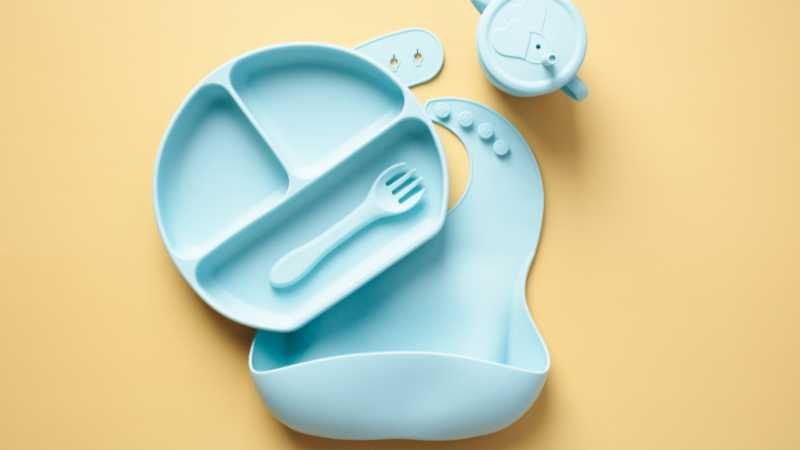
Silicone and silicon (without “e”) are two different things that are often mixed by most people. Silicon is an element found in the periodic table and is most abundant in the Earth’s crust. On the other hand, silicone (with “e”) is a compound made after passing the silicon element through various processes.
The chemical composition of silicone contains a base element, silica, which is obtained from silicon dioxide found in sand. The other elements include carbon, hydrogen, and oxygen, which combine to form an elastomer known as silicone.
Though silicone is obtained from a natural resource, silica or sand, the process of manufacturing it is not eco-friendly as it uses oil and natural gas. On the other hand, it is highly malleable and can be molded into a variety of shapes. It is also available in different forms, such as resin, liquid, and solid.
Silicone rubber is known to have a unique property known as viscoelasticity, which means that it is both elastic and has viscosity. For this reason, most silicone products have amazing flexibility and elasticity, which makes them almost unbreakable.
Application of Silicone

Silicone is found almost everywhere, from your kid’s toys to medical equipment and road bridges. Most of your kitchen cutlery, including the pots you use for baking, cooking, or storing food, is now made of silicone.
In your pans and pots, it is used to create a non-stick coating that allows you to fry a fish or an egg without using much oil. However, unlike plastic, silicone coating is not harmful to your health.
Moreover, due to their electrical conductivity and resistivity, silicone is also used for coating electrical wires. Besides, it is also found in electronic equipment, including your computer, cell phone, washing machine, and other electrical appliances you use daily.
Silicone is also used in lubricants, adhesives, sealants, revamping buildings, the aviation industry, photovoltaic devices such as solar panels, and many more places that you might not even consider. In a nutshell, silicone is now everywhere!
Send Your Inquiry Now!
Quality Meets Affordability. Inquire Now for High-Quality Products at Low Volumes.
What is Plastic?
Plastic is an elderly contender of silicone and is known to have caused immense damage to our planet Earth. It is a chain of carbon molecules linked together to form a material that, like silicone, can be molded into various shapes. However, unlike silicone, it isn’t eco-friendly and is made from synthetic and chemical elements.
The most prevalent type of plastic that people want to get rid of is one-time-use plastic bags. Most of the plastic waste on earth is due to these bags, which are non-biodegradable and pose a serious threat to marine animals.
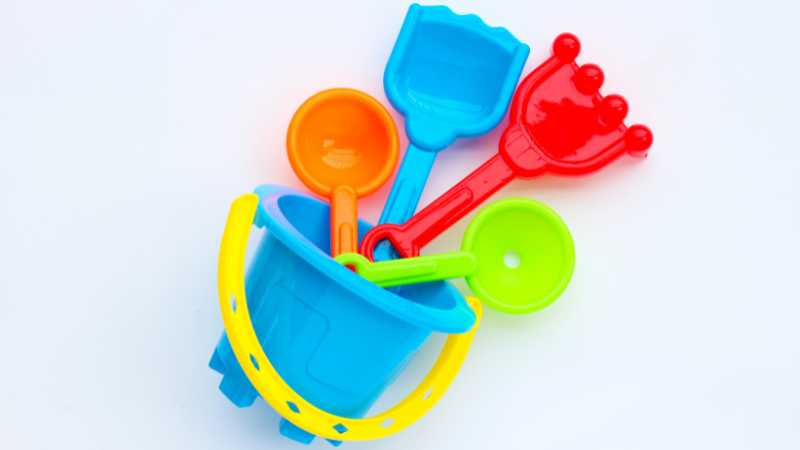
Types of Plastic
The long carbon chains that form the basis of plastic are known as polymers, and these polymers play an important part in distinguishing one type of plastic from the other. Based on their physical properties, we divide plastic into two major types.
- Thermoplastic – Also known as soft plastic by some people, thermoplastics can be easily melted after they are shaped into something. Such plastics are formed from linear polymers or sometimes a combination of linear polymers with cross-linked polymers. PVC, Polythene, Nylon, HV electrical insulators, etc.
- Thermosetting – This is a relatively harder type of plastic that, once shaped into something, can’t be remolded into a new shape. Such plastics are made of heavily cross-linked polymers and form products like bakelite, epoxy, melamine, furan, etc.
Application of Plastic
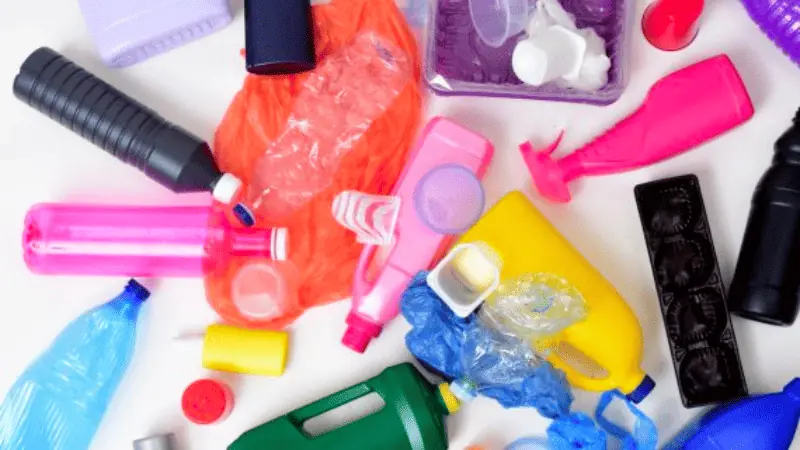
Plastic is also one of the most widely used materials in today’s world (though most people have already boycotted the use of plastic). Like silicone, traditional plastic is also found in almost every device, equipment, or product we use.
From our dog’s food bowl to heavy industries like automobiles, plastic is found everywhere, with comparatively more harmful effects than silicone products.
PTFE is a type of plastic that is also, like silicone, used in non-stick cookware. However, it is very toxic and can cause diseases like the inflammation of your airways (noncardiogenic pulmonary edema) and chronic kidney and liver diseases.
Being poor conductors of heat and electricity, plastic is also found in electrical appliances acting as an insulator. The switches in our homes are made of bakelite, a type of plastic known as thermosetting plastic. Similarly, several other electronic devices and equipment use plastic to cover the electrical parts.
Comparison Between Silicone and Plastic
Now that we have explained both of these materials in detail, here is a comparison table between silicone and plastic to help you clearly understand the difference between the two.
| Characteristic | Silicone | Plastic |
|---|---|---|
| Composition | Silica + Carbon + Hydrogen + Oxygen | Long carbon chains that form polymers |
| Uses | Almost everywhere. | Almost everywhere |
| Durability | Highly durable | Not much durable |
| Biodegradability | Non-biodegradable | Non-biodegradable |
| Recyclable | Not from ordinary recycling plants | Some plastics are recyclable |
| Eco-friendly | Yes | No |
| Food Safe | Food-grade silicone is available | Not totally safe |
Send Your Inquiry Now!
Quality Meets Affordability. Inquire Now for High-Quality Products at Low Volumes.
Common Consideration of The Two Materials
So far, we have seen that both plastic and silicone are widely used materials for various industries and purposes. However, what are the most crucial things that one should consider before deciding between these two? Let’s have an overview of the common considerations of the two materials.
1. Health and Safety Considerations
The first and most important thing to consider is whether it is safe for you or not. Is silicone safe for your health? The same question goes for plastic. So, when could these materials pose a threat to you? The first place where you come in direct contact with these materials is when you use utensils made of them.
Plastic
When we talk about the safety of plastic as a cooking utensil, the response is negative. BPS is a very dangerous chemical found in almost every cooking utensil made of plastic. Even if you serve your dog in a plastic pot, stop it immediately.
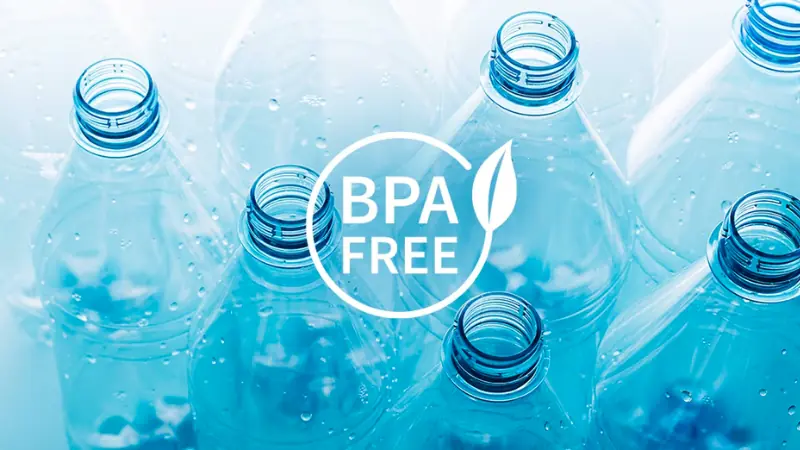
Some companies claim to have “BPA-free” products, which use another similar chemical that could be even worse than BPA itself. The most common diseases related to BPA and its sister chemical, BPS, include hormone problems, obesity, infertility, and cancer.
Silicone
Silicone, on the other hand, is considered to be one of the safest plastic alternatives. Food-grade silicone is used in utensils and cookware to align with food safety regulations. The Canadian Food Regulatory Authority has announced silicone cookware to be safe.
It does not react with food and is more stable than plastic at high temperatures. However, if you exceed a certain temperature limit, the stability of silicone might be at risk. Remember that silicone ingestion might prove fatal, even if it is in small amounts.
2. Environmental Considerations
The next crucial thing to consider is its impact on the environment. Is plastic or silicone biodegradable? The answer is no. Both plastic and silicone are non-biodegradable. However, there are a few things you must know.
Plastic
Biodegradable plastic, which is comparatively more expensive than regular plastic, is now available in the market. However, people don’t bother to spend extra money on biodegradable plastic as it can’t be used more than once, like traditional plastic bags.
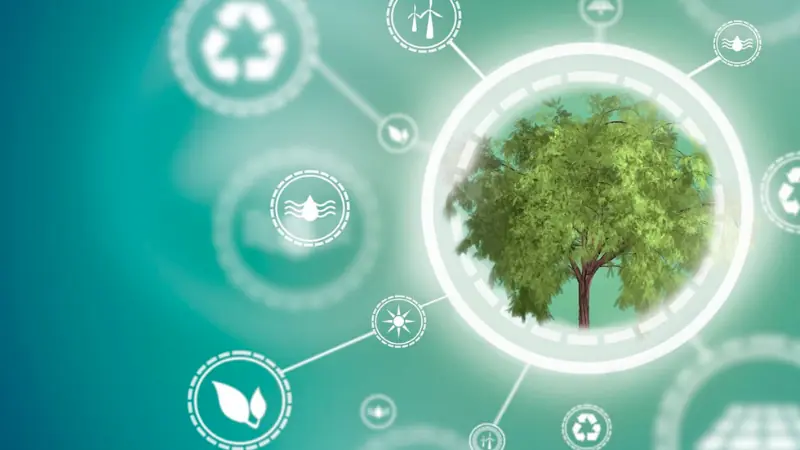
Traditional plastic bags are non-biodegradable, and if you try incinerating them, you might contribute to the already high levels of air pollution. The decomposition process of plastic is also quite different from that of silicone.
Plastic waste first breaks down into smaller pieces, known as microplastics. These microplastics then greatly threaten our marine system and other water bodies. Besides affecting water animals, it also pollutes the water, making it undrinkable for us.
Silicone
Conversely, silicone is known to be a safer alternative, although it is also non-biodegradable. The reason it is considered a safe option is its decomposition process, which takes hundreds of years. Unlike plastic, it does not break down into microparticles. However, it stays in relatively larger pieces, making it easier to remove from water bodies.
The best way to deal with silicone is to carbonize or burn it up. That way, you can convert the silicone compound back to silica, along with an expulsion of carbon and steam. The resulting ash can also be used as a fertilizer in forests, making it a beneficial byproduct.
Meanwhile, if you are thinking of recycling silicone, you might face some problems. The recycling of silicone is possible, but not through ordinary recycling plants. Silicone is passed through a vigorous process to remold it into a new product or shape.
Guidelines For Choosing Between Silicone and Plastic

So, what are you going to choose? Silicone or plastic? Well, you must have got enough information to make a decision yourself. However, if you haven’t read the article completely, here is a guideline that might help you make a decision.
- When we talk about durability, silicone is always ahead of plastic. Silicone products can withstand rigorous conditions, including heat, cold, harsh chemicals, rain, and stretch, without showing any signs of melting or cracking.
- When considering both of these materials from the perspective of a health-conscious person, one should always opt for silicone cookware. This is because silicone is much more stable at higher temperatures and does not contain any toxins like PTFE.
- If you want to reduce your carbon footprint and contribute to the go-green campaign, silicone is your go-to option. As both of these are non-biodegradable, silicone is less harmful and can be converted into fertilizer upon incineration.
- Both silicone and plastic have widespread applications all over the world in almost every field. However, silicone has the upper hand here as it is used in large-scale industries such as aviation, house construction, road bridges, etc.
These are some important things to consider when you are deciding between silicone and plastic. Overall, silicone is a better option in almost every aspect. However, you are the one to make a final decision as you might have some other considerations such as use, budget, or some other factor.
Send Your Inquiry Now!
Quality Meets Affordability. Inquire Now for High-Quality Products at Low Volumes.
Conclusion
If you don’t want to use silicone and plastic, several other alternatives are available. You can try using a different material, such as cloth bags, instead of plastic or silicone bags. Similarly, you can avoid using products that are made of plastic.
Most families are already using reusable plastic containers to reduce their plastic footprint. However, better silicone plastic alternatives are now available that do not scratch and break as quickly as plastic products.
The comparison of silicone vs plastic concludes that silicone is an excellent option in almost every aspect. Plastics are also useful but have drastic consequences on our health as well as on the environment. In a nutshell, silicone is a great alternative to plastic.
Hongju Fulfilling Silicone and Plastic Manufacturing Needs
Discover how Hongju excels in silicone and plastic manufacturing! Our expertise ensures top-quality products tailored to your needs. Don’t miss out – contact us today to see the difference Hongju can make in your project. Your ideal manufacturing partner awaits!